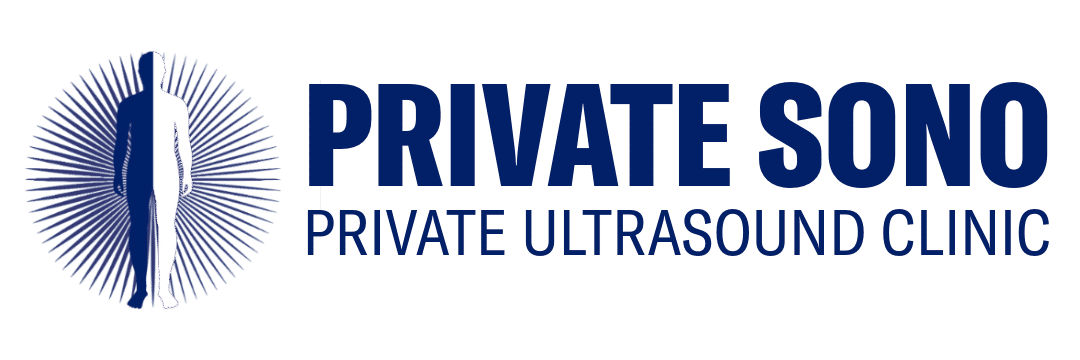Thyroid disease is a common health issue that affects millions of people around the world. It is important to diagnose this condition accurately to ensure proper treatment and management. In this article, we will explore the various methods used for thyroid disease diagnosis, helping you understand the process and the significance of each method.
Understanding the Thyroid Gland:
Before delving into the diagnosis, it is essential to comprehend the role of the thyroid gland. The thyroid is a small, butterfly-shaped gland located in the neck, responsible for producing hormones that regulate metabolism, growth, and development. When the thyroid gland malfunctions, it can lead to various thyroid diseases, such as hypothyroidism, hyperthyroidism, or thyroid nodules.
Symptoms and the Need for Diagnosis:
Thyroid diseases exhibit a wide range of symptoms, including fatigue, weight changes, depression, and mood swings. Due to the nonspecific nature of these symptoms, it can be challenging to pinpoint thyroid issues without proper diagnostic methods. Diagnosis plays a crucial role in identifying the underlying cause and determining the most appropriate treatment approach.
-
Blood Tests: One of the primary methods used for thyroid disease diagnosis is blood testing. This involves analyzing the levels of thyroid-stimulating hormone (TSH), free thyroxine (T4), and triiodothyronine (T3) in the bloodstream. These hormone levels provide valuable insights into the functioning of the thyroid gland. It is important to note that abnormal levels of these hormones indicate an underlying thyroid disorder.
-
Ultrasound: Ultrasound imaging provides a detailed view of the thyroid gland, helping identify any structural abnormalities. This non-invasive procedure utilizes sound waves to produce images of the thyroid and surrounding areas. Ultrasound is particularly useful in detecting thyroid nodules or enlargement, which may require further investigation for potential cancerous growths.
-
Thyroid Scan: A thyroid scan involves the administration of a radioactive iodine or technetium tracer, which is absorbed by the thyroid cells. This allows healthcare professionals to evaluate the size, shape, and functioning of the thyroid gland. Thyroid scans are commonly used to distinguish between different types of thyroid conditions, such as Graves’ disease or Hashimoto’s thyroiditis.
-
Biopsy: In certain cases, a biopsy may be necessary to confirm the diagnosis of thyroid disease. A fine-needle aspiration biopsy involves extracting a small sample of thyroid tissue or fluid for analysis. This procedure is typically performed when suspicious nodules or growths are discovered. The sample can then be examined for the presence of cancer cells or other abnormalities.
Conclusion: Accurate diagnosis is crucial for effective management of thyroid disease. By utilizing various diagnostic methods such as blood tests, ultrasound, thyroid scans, and biopsies, healthcare professionals can identify the underlying cause, determine the appropriate treatment, and monitor the progress of the disease. If you are experiencing any symptoms related to thyroid dysfunction, consult a healthcare professional for proper evaluation and diagnosis.



